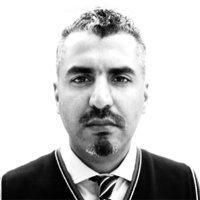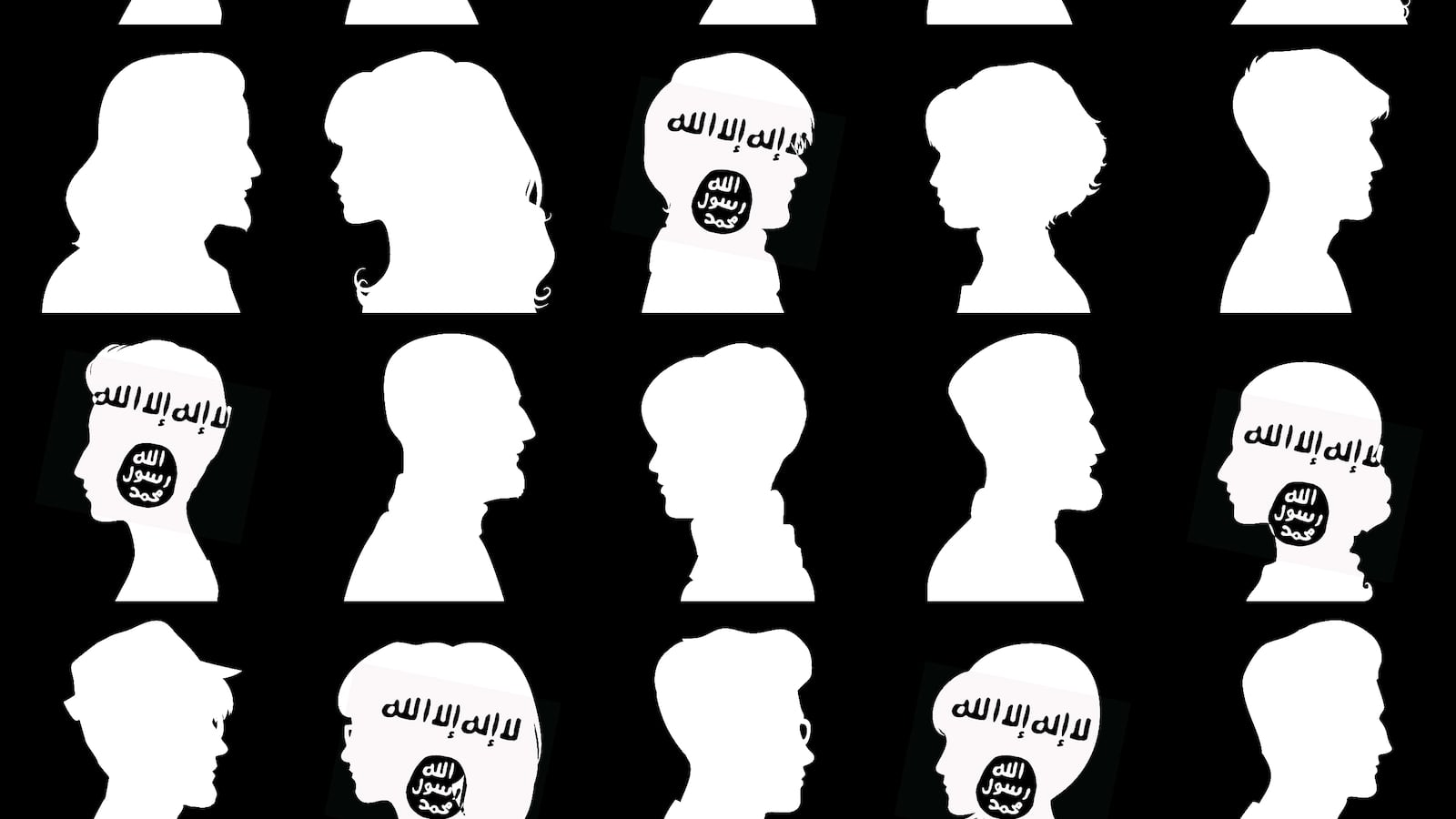LONDON — If early indications are correct, the mass shooting in San Bernardino would be the deadliest ISIS-inspired attack on US soil to date. Yet the chief suspects, Tashfeen Malik and Syed Rizwan Farook, were “clean skins” completely unknown to the authorities, and assumed not to be a risk to US homeland security.
The most disconcerting part of this, therefore, is the knowledge that it almost certainly could happen again, and not knowing how to stop it. Neighbors have reported that their suspicions were aroused, but that they did not want to report anything out of fear of appearing racist.
From the first reports, these shootings didn’t feel “normal” (I flinch as I write that word) as American mass murders go. The involvement of more than one shooter, the use of body armor and masks, modified assault weapons, the deployment of pipe bombs, and an attempt to flee in a getaway car, were all early indications of jihadist terrorism.
Nevertheless, the police were right to hold back and let the evidence do the talking. But as the Pakistani authorities investigate Tashfeen Malik’s links to jihadist networks based around the Red Mosque, it has emerged that she had pledged allegiance to ISIS online, and that she and her husband had attempted to destroy their digital footprint prior to these attacks. The FBI has now, rightly, declared this a terrorism investigation.
But should the neighbors have called in those early warning signs they shied away from reporting from fear of being called “racists”? Had they “racially profiled” the suspects early on, could neighbors have averted the deaths of 14 innocents? Should all American Muslims in face veils or beards be subjected to heightened levels of scrutiny by their work colleagues and friends? And if so, will this not simply divide communities even more, achieving exactly what the jihadists want? The implications for American community relations are far-reaching, and the debate has already begun to polarize the right- and left-leaning media.
Allow me to try to lift the fog. It just so happens that the neighbors’ instincts were right, but not for the reasons that prevented them from acting on those very instincts. They should have reported the suspects, but not for the reasons some right-leaning media are advocating.
Ethnic and religious profiling of suspects does not prevent terrorism. It makes it easier. If this terrible measure is adopted, more lives will be lost. As I have been explaining for years in TV debates everything we know about terrorism so far points us to this conclusion.
By announcing what we are looking for in advance, we give jihadists a head start in knowing what not to look like, and a better understanding what not to be distracted by could literally save lives.
Islam is not a race. Like Christianity, it is a global religion. Religions attract people of all ethnicities, and all skin colors. If we were to start profiling people of “Middle-Eastern” or “brown” appearance, jihadists will simply recruit white Muslims from the Caucasus, like the Tsarnaev brothers who struck at the Boston Marathon.
In an attempt to avoid that, if we are to start screening anyone who originates from Muslim-majority countries, jihadists will recruit from among the Uighur Muslims from Xinjiang in China, or from Russia and India: non-Muslim majority countries that have more Muslims than many Arab states combined.
Fearing this, if we were to take the wholly unrealistic option of closing our borders and shutting down immigration completely, jihadists would simply recruit homegrown terrorists from among us, and those from visa-waiver countries, who pose a far greater threat than the refugees at Europe’s door, as demonstrated by the devastating Paris attacks last month.
In fact, al Qaeda has been trying to use our very prejudices against us for many years, which is why Osama Bin Laden recruited a “white army of terror” from the huge number of converts that joined his cause. Worse than al Qaeda, up to 60 percent of French fighters who have gone to join ISIS are also converts. So now what?
If it is only men we profile, jihadists will train women, such as the Chechens did with their Black Widows, or this latest Tashfeen Malik in San Bernardino.
If it is any adult of fighting age that we screen for, jihadists have turned to grandmother suicide bombers and even animals laden with explosives. Astoundingly, male jihadists have even cross-dressed in burkas to avoid capture. There is no prototype.
By telling terrorists what we are looking for, they will know what to avoid. We will make their job easier. Away from ethnic profiles, looking for outward signs of “religious devotion” or “piety” can also be incredibly misleading. Some of the 9/11 attackers frequented strip clubs and casinos. The recent Paris attackers loved gay bars, alcohol, and drugs. And while Tashfeen Malik and Rizwan Farook were outwardly religiously conservative, pictures of the Parisian female jihadist wearing a skimpy bikini on a beach have emerged.
Hedonism and outward piety alike have been used by jihadists, men and women, to avoid arousing suspicion. As any expert who follows this field—whether left- or right-leaning—will tell you, terrorists come from diverse backgrounds and have no religious or ethnic profile worth following. It is dangerous to look for one, because in doing so you will invariably miss the terrorist. Just think about it for a second. These are jihadists at war. Deception and avoiding detection have always been a key part of war, for everyone, throughout history.
So what should Tashfeen Malik’s neighbors have reported?
She and her husband Rizwan Farook were indeed arousing suspicion. They should have been reported, but not for their ethnicity, or overt displays of piety—his beard and her face veil—or lack thereof. They should have been reported simply because, according to those same neighbors, they were behaving suspiciously. Psychological and behavioral patterns are always a more reliable indicator that something is afoot, over religious or ethnic markers. And to report strange behavior, is not racist or anti-Muslim. Overt signs of nervousness, regular deliveries of obscure items at strange hours, or adopting an extremely dogmatic mindset, are more suspicious than mere appearance.
Islamist radicalization is a process. It begins when a person, whether originally of Muslim origin or not, starts to become convinced that a certain version of Islam must be enforced over society, and that it is incumbent on them to work to resurrect a theocratic “Islamic Caliphate” in order to achieve this. Usually, this is accompanied by the false notion that the entire West is at war with all of Islam.
This process of radicalization is complete when jihadist violence is prescribed to “resist” the West.
If the above was more widely understood, people would feel less reluctant to report suspicious behavior for the right reasons. Likewise, the wider public—and my fellow Muslims—will better understand that what is being reported is suspicious behavior, and not a racial or religious stereotype. This combination of sharpening what we are looking for, while reducing the potential stigma about looking for it, could literally save lives and bring our communities closer, which is everything the terrorists hate.






